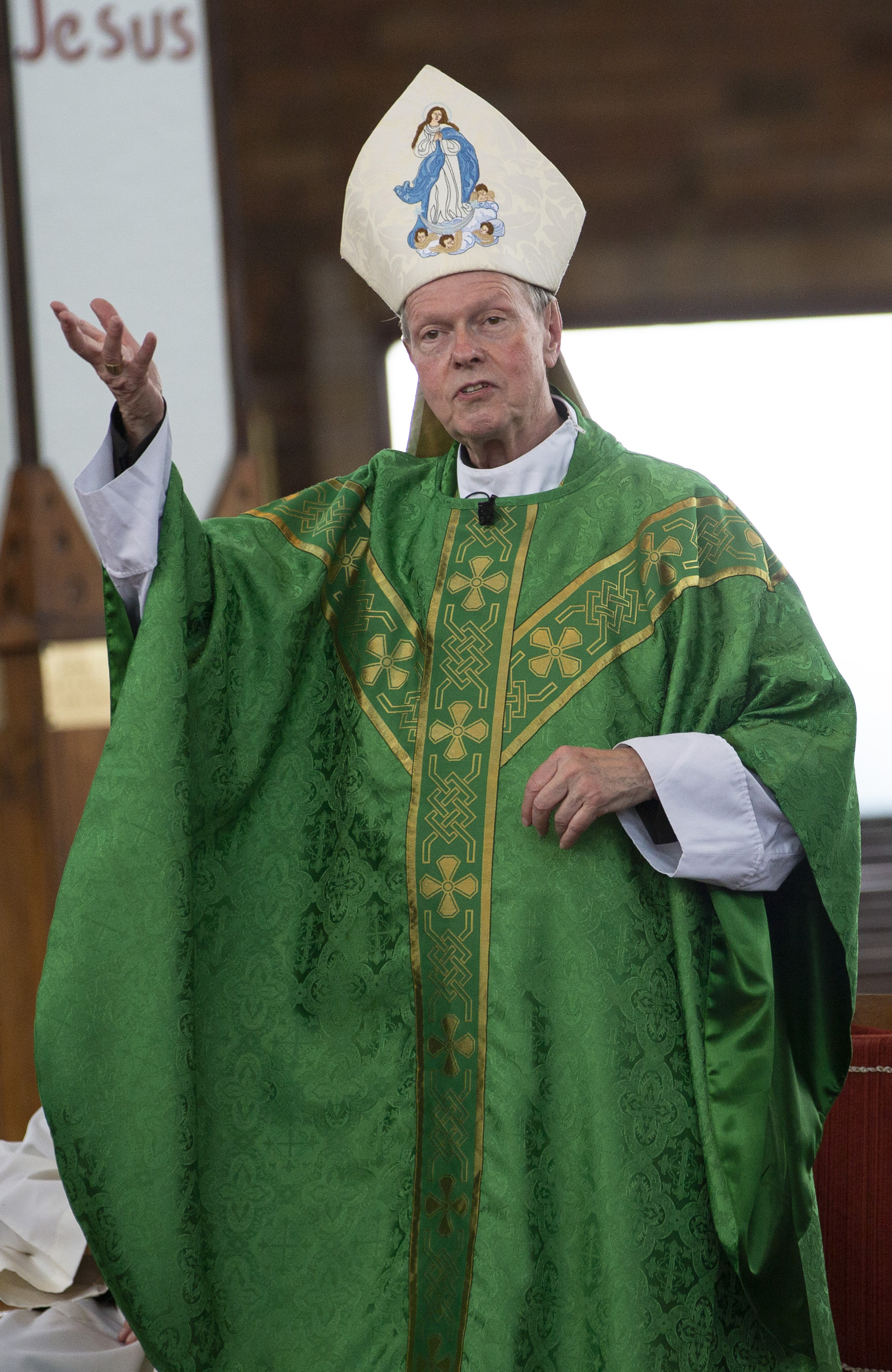April 24, 2024 at 11:35 a.m.
Think about the lead-up to the recent solar eclipse. For months there was non-stop coverage as scientists tracked the path of totality, giving us the locations where we might have the chance to catch the celestial spectacle at its most dramatic and pure. As the day approached, hotels in those areas sold out; gridlock in the Adirondacks was predicted, and the race to find eclipse glasses was on.
Although my husband and I settled for a 97 percent eclipse under cloudy skies in the Capital Region, our son — hoping for that once-in-a-lifetime moment — traveled to Syracuse, which stood at the outer limit of the path. For him and thousands of others like him across the country and around the world, there were no guarantees that the journey would provide the view they desired. Scientific predictions can’t factor in the things that can’t be planned or pinned down, like cloud cover.
I found the entire event and the frenzy surrounding it both hopeful and fascinating. Hopeful because humanity can’t be too far gone if we’re willing to follow a star without knowing exactly what we might find when we get there. Fascinating because how many other natural spectacles are all around us every single day without us even noticing them as we race off to find something bigger and better or simply get caught up in the daily grind, too busy to lift our heads.
We need only look as far as St. Francis of Assisi to understand what complete and utter praise of creation looks like, not just on the days of a cosmic light show but even on the dreary less-than-perfect days. “Brother Sun and Sister Moon” were not once-in-a-lifetime spectacles but daily reminders of God’s magnificence. Water and earth, air and fire, even death itself — all of it called Francis back to the Creator, gave him pause, and filled him with gratitude and a sense of belonging to something greater than himself, something Divine.
The medieval mystic St. Hildegarde of Bingen wrote: “Every creature is a glittering, glistening mirror of divinity.”
So often we think we need to travel to the other side of the world, or at least the other side of the state, to find awe. And to be sure, those who were in totality said it was worth the effort, so hats off to them for chasing beauty. But what if we chased beauty right where we are. What if we looked at our daily lives not through special glasses that darken everything except the sun but through the truth of a faith that lights everything it touches.
For many people who chased the eclipse, the journey did not provide the payoff they had hoped for. Clouds and weather scuttled views in some areas in totality, requiring a more finely attuned sense of awe in order to appreciate the scene without being disappointed in the outcome. Perhaps the awe came from the collection of humanity amassed on highways, in fields, and at office windows for a chance to catch God’s grandeur on display. Even without a clear and full eclipse that is enough to buoy our spirits and inspire us.
When the Syracuse view was clouded over, my son, Noah, didn’t bemoan the lack of all that he’d hoped for. Instead, he said that he plans to be in Australia for totality during the solar eclipse there in four years. That is the epitome of hope and awe.
What inspires that kind of awe in you? Think back to those times in your life when you stood back and saw the hand of God on grand display before you. Maybe it was standing on a beach in front of a deep blue ocean or soaring above the clouds from your seat in coach. Or maybe it’s simply the sight of daylilies pushing up through the cold hard ground, reminding us that after every winter, there is a spring, and that when it comes to the Divine, we are all in the path of totality.
Mary DeTurris Poust is a writer, retreat leader, and spiritual director. Visit her website at www.NotStrictlySpiritual.com.
- At home with Jesus
- Priest gets kidney from principal — and love, support, prayers from parishes, students
- Redemptorist priest’s explosive dispatches revealed Vatican II’s hidden conflicts
- Nigerian Catholic Church leaders give mixed reaction to US airstrikes
- US strikes Nigeria targeting Islamic extremists to ‘stop the slaughtering of Christians,’ says Trump
- 2025 brought new pope, new president, and immigration as key issue
- Linger in contemplation at the manger with the Holy Family
- Across the world, Christmas shines even — and especially — in the darkest places
- Full text: Pope Leo XIV’s ‘urbi at orbi’ message
- Full text: Pope Leo’s homily on Christmas Day








Comments:
You must login to comment.